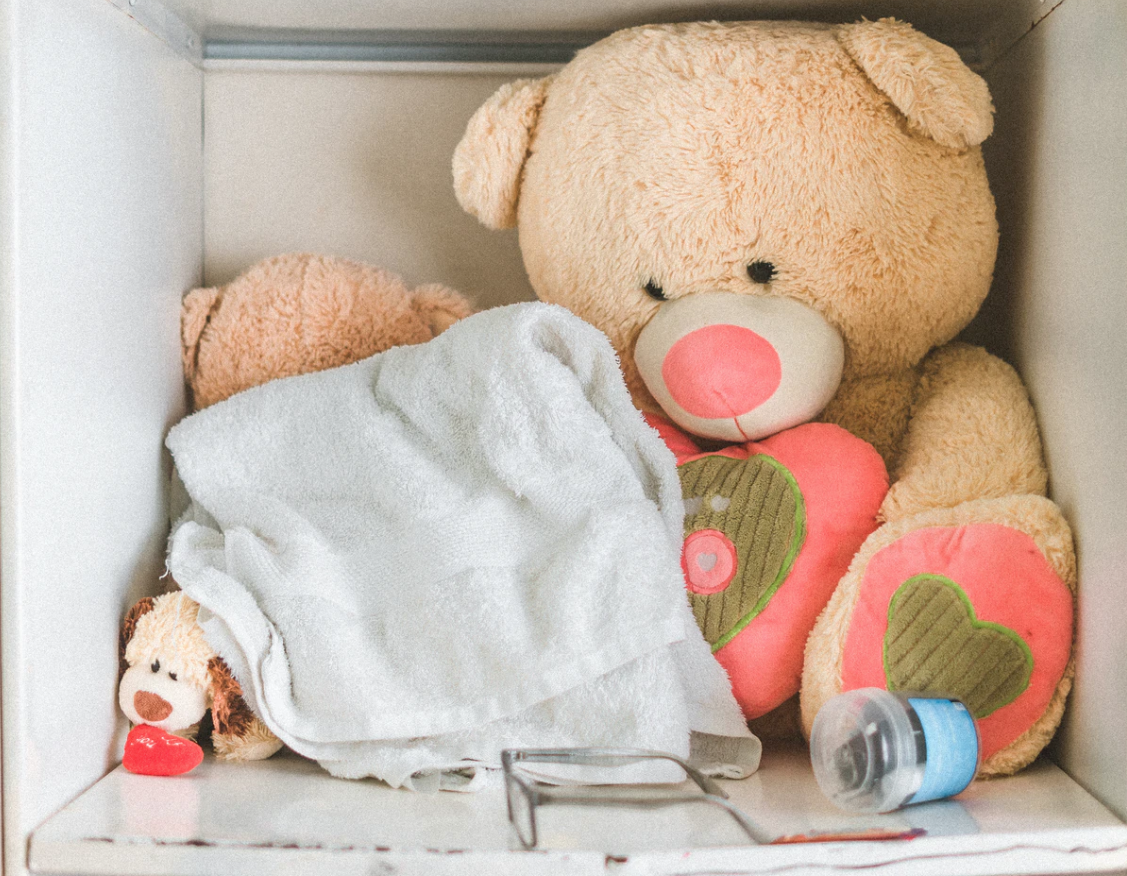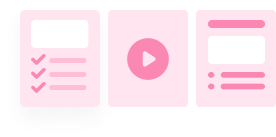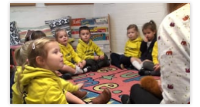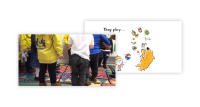Bears Level: Early Grades - Creative music
Music Lesson Description
High and low Sounds (pitch, dynamics)
Put out some pairs of musical instruments and pairs of everyday objects that can make a high or low sound eg big/small chime bars, big drum/little bells, little plastic bottle/big plastic bottle, big kitchen pan, little kitchen pan. Remember to put out beaters too. These are things that you could ask the children to explore:
- Which are higher/lower in pitch?
- Which size makes the highest/lowest sounds?
- Put them in order of high to low.
- Do the high-sounding things sound louder too, or not? (Larger = greater capacity for loudness, but can also make quiet sounds. Small = lesser capacity for loud sounds.)
Make a sequence
In pairs, or in a small supervised group, children play:
- High / low / high
Then change the sequence to:
- Low / high / low
Hint - It's really helpful if you model the activity first - as you play the high note, sing: This is a high note, then as you play the low note, sing: This is a low note. Children can easily distinguish high from low pitch, even as babies, but they need lots of opportunities to understand the words high and low in relation to pitch. High and low in music always describes pitch, never volume.
More sequences (dynamics, timbre, tempo, duration)
What other sequences could the children make up? They could experiment with using different instruments, or body sounds, for sequences focusing on these elements:
- Loud / quiet / loud (dynamics eg using drums)
- scratchy / hollow / scratchy (timbre eg using found objects)
- fast / slow / fast (tempo eg using claves)
- long / short / long (duration - you'll need an instrument that can make a long sound, eg jingle bells)
Here's an example of hollow / scratchy / hollow using found sounds:
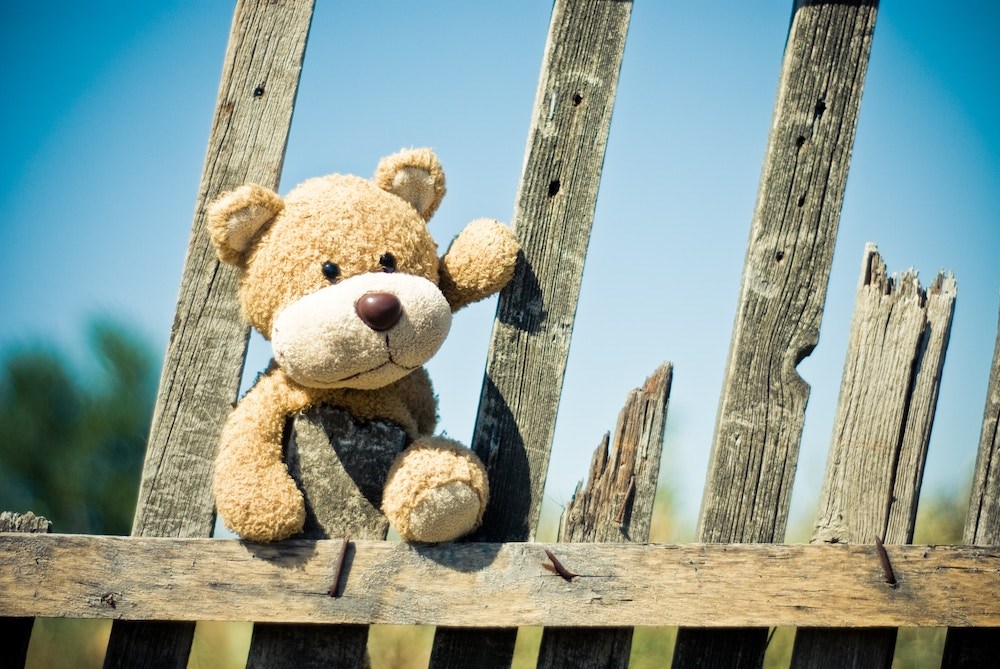
Graphic Scores (structure)
This is an ideal opportunity for the children to make graphic scores of their sequences, using whatever medium you choose. This is Holly's graphic score of Loud Quiet Loud.
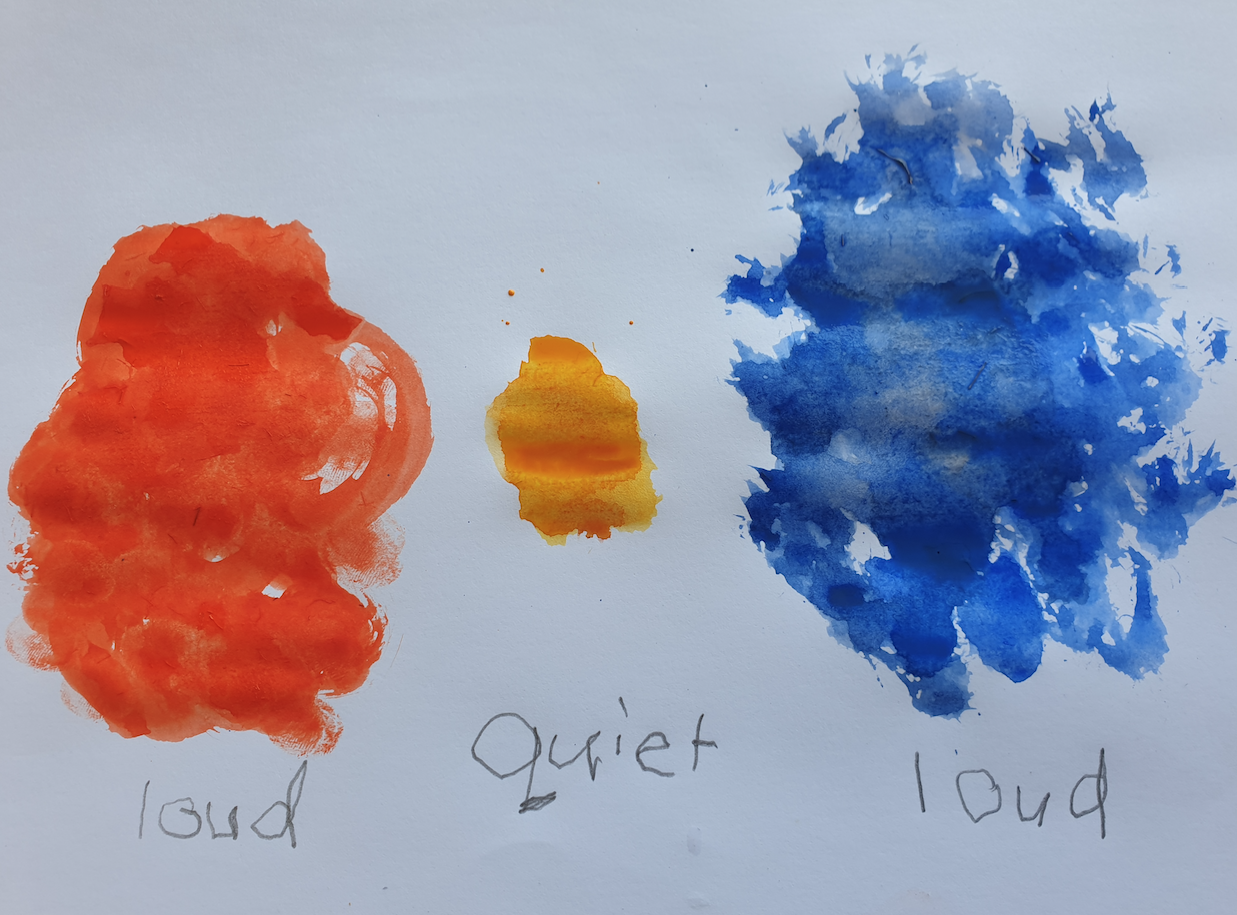
Holly wrote the words, loud quiet loud on her score but, if the scores have no writing, it's fun for the pairs of children to swap and try to re-create the original meaning in music. You may be surprised at how accurate they are!
Teddy Day (pitch)
Every child could bring in a teddy on an agreed day (please have spares in case anyone forgets or doesn't have a teddy). Ask the children, using your sing-song voice, to tell their teddies what to do today using their sing-song voices. At the end of the day, each child makes up a little lullaby to put teddy to bed. You could suggest the words:
- Sleepy time for teddy bears
- Time to go to bed
